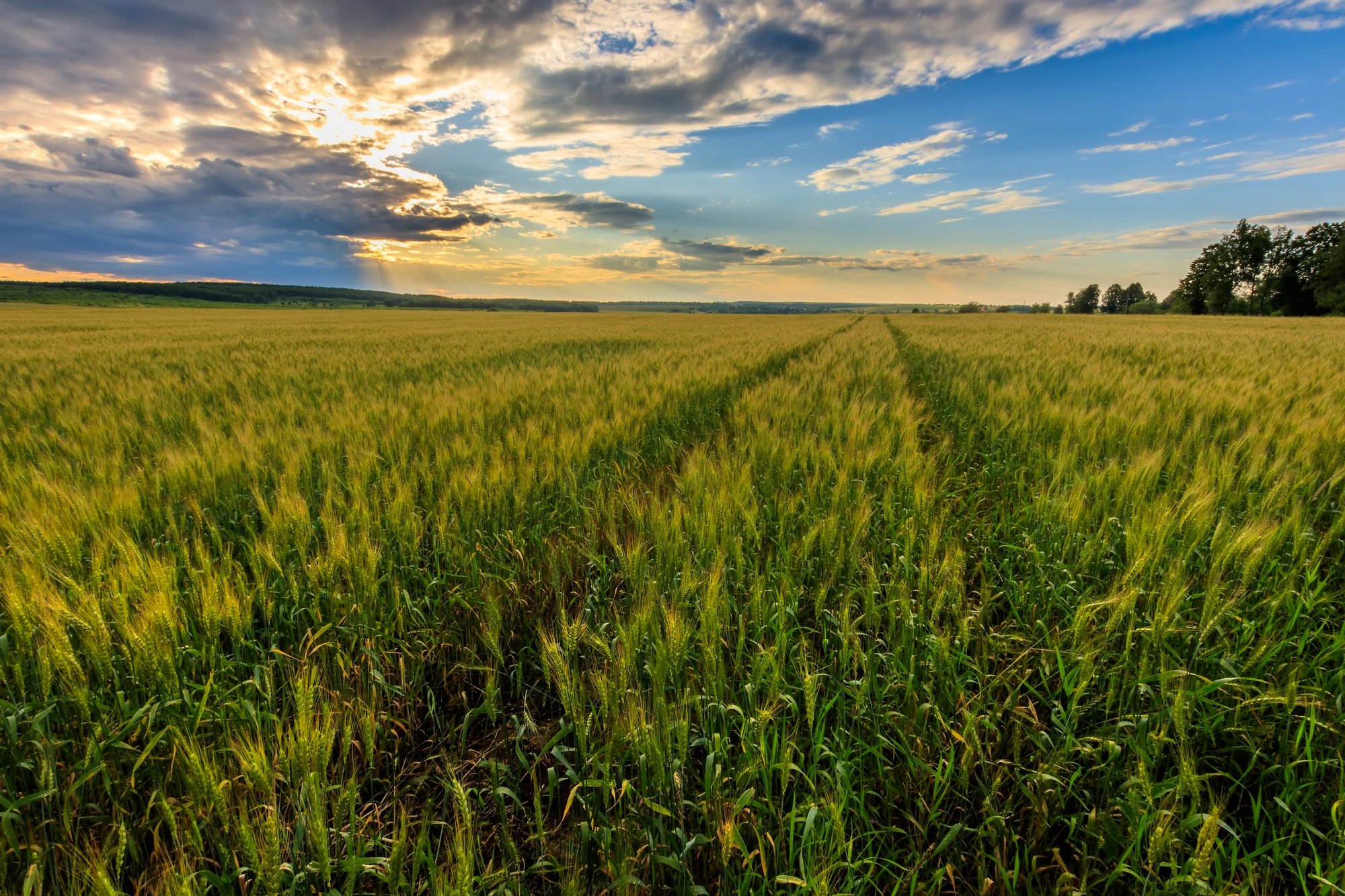Farmers are increasingly being encouraged to plant cover crops, which take the place of their main crops during the off-season. According to a new study, however, the use of cover crops can actually reduce main-crop yields.
First of all, cover crops definitely do provide some benefits.
By planting them instead of leaving the fields bare, the erosion and compacting of soil is reduced, water retention is increased, less nitrogen (from fertilizer) runs off into waterways, and a greater amount of carbon is drawn from the atmosphere and into the soil – the latter both boosts plant growth, and helps reduce net greenhouse gas emissions.
Additionally, because weeds have to compete with the cover crop plants for water and nutrients, fewer of those weeds grow, reducing the use of herbicides. All of that being said, past small-scale studies have suggested that cover crops may have a detrimental effect on the yields of main crops.
In order to see if that actually is the case in real-world farming operations, scientists from Stanford University analyzed satellite imagery of over 90,000 corn and soybean fields in the US "Corn Belt" (Iowa, Indiana, Missouri, Ohio, Illinois and Michigan) from the 2019-2020 growing season. The researchers knew which of those fields had been planted with cover crops in the off-season – all for at least three years – and which ones had not.
Based on factors such as weather patterns and the greenness of the plants, a machine-learning algorithm predicted the yields of each main crop. It was found that in the fields where cover crops were used, corn yields were an average of 5.5% lower, while soybean yields were 3.5% lower. This worked out to a loss of approximately US$40 per acre for corn and $20 per acre for soybeans – and those figures don't include the added costs of planting and maintaining the cover crops.
There are several possible reasons for these reductions.
First of all, although cover crops do help the soil to retain water, they also use a lot of that water themselves. When heading into a dry growing season, this could result in less water being available to the main crop seeds, hampering their germination. Likewise, although cover crops reduce nitrogen runoff, they also take up much of the nitrogen that remains in the soil – that means less nitrogen is available to the main crop.
Finally, it's possible that cover crops may reduce soil oxygen levels, as they stimulate soil microbes which in turn consume oxygen.
The scientists are quick to point out that they're not suggesting cover crops shouldn't be used … just that their implementation needs to be thought out a bit more. For instance, legume cover crops may help fix nitrogen back into the soil, as opposed to commonly used non-legume cover crops like rye. Additionally, if cover crops are harvested earlier in the year, the soil should have more time to "stabilize" before the main crops are planted.
"Nothing is simple in agriculture," said Prof. David Lobell, who led the study along with postdoctoral scholar Jillian Deines. "Cover crops are not a panacea, and in fact they have some serious limitations. But I don't think we want to throw the baby out with the bathwater."
A paper on the research was recently published in the journal Global Change Biology.
Source: Stanford University




